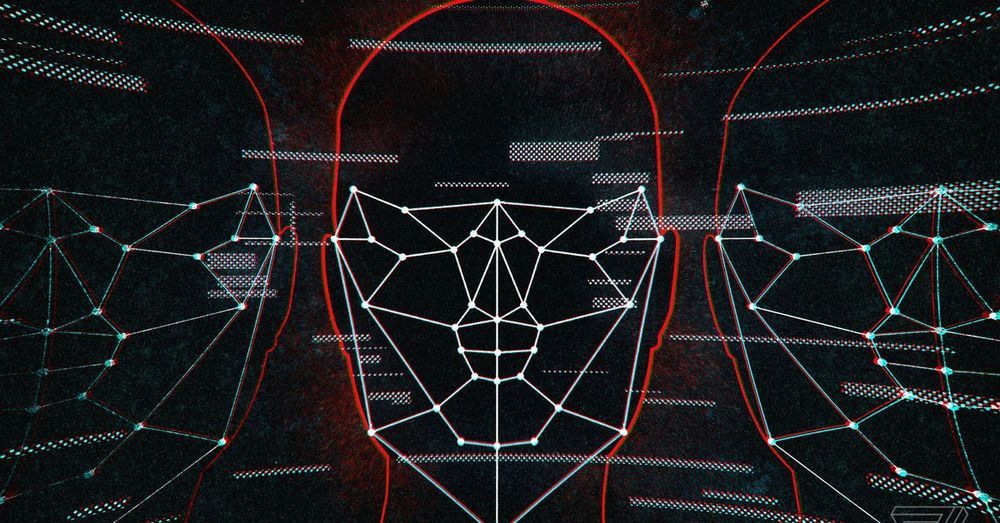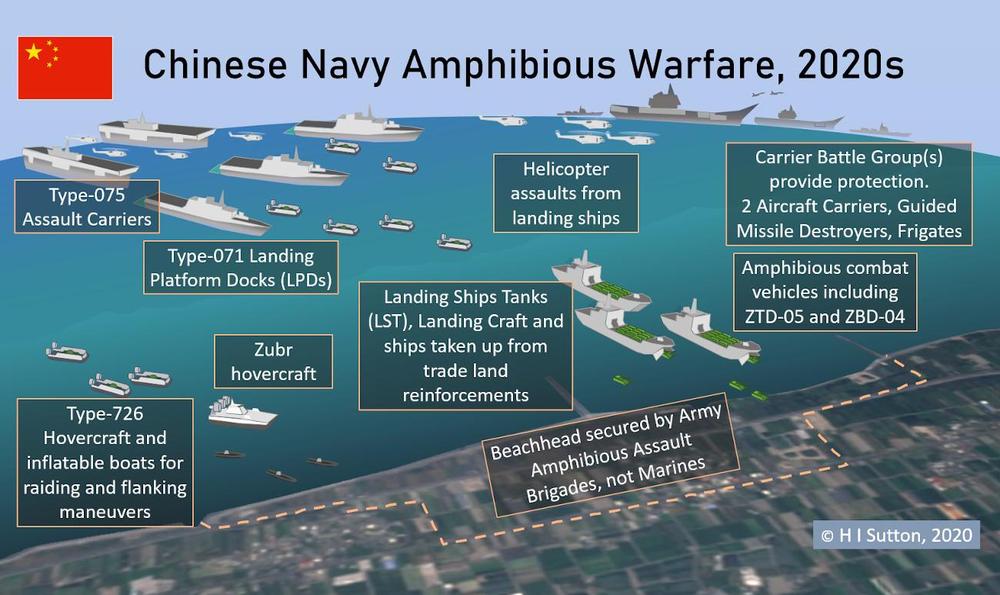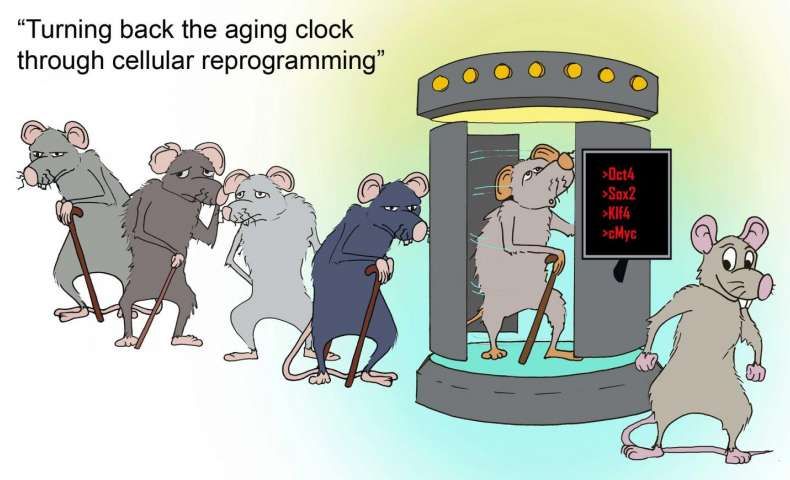The research described in this article has been published on a preprint server but has not yet been peer-reviewed by scientific or medical experts.
In hopes of developing a possible treatment for Covid-19, a team of MIT chemists has designed a drug candidate that they believe may block coronaviruses’ ability to enter human cells. The potential drug is a short protein fragment, or peptide, that mimics a protein found on the surface of human cells.
The researchers have shown that their new peptide can bind to the viral protein that coronaviruses use to enter human cells, potentially disarming it.
MIT chemists are testing a protein fragment that may inhibit coronaviruses’ ability to enter human lung cells.








